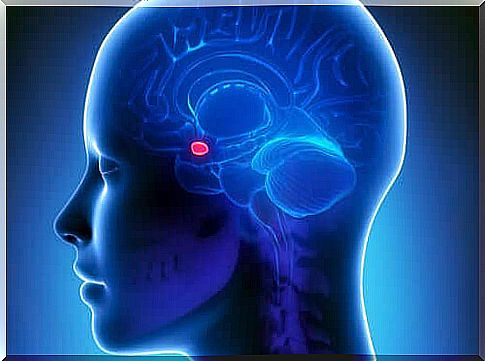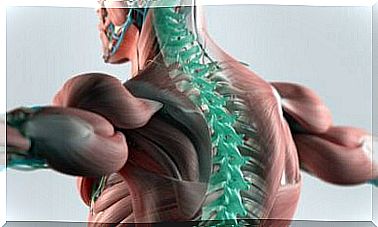Biological Basis Of Impulsive Aggression

Aggression is a complex and heterogeneous concept. We can mainly distinguish between two types of aggression: premeditated (predatory, instrumental) and impulsive (affective, reactive). In this space we will focus on the biological basis of impulsive aggression.
According to author Stahl, impulsive aggression can be the reflection of “an emotional hypersensitivity and an exaggerated perception of the threat. This may be associated with an imbalance between cortical inhibitory controls from top to bottom and limbic impulses from bottom to top ”.
Apparently, non-restrictive impulsive aggression is highly active in the amygdala. In addition, it possesses little inhibitory activity in the orbitofrontal prefrontal cortex (OFC). When a person tries to control their own impulsive aggression, activity in the OFC increases. But the question is, where does aggressive behavior in the central nervous system originate from?
Hypothalamus and periaqueductal gray matter
In the first half of the twentieth century, some studies on cats were conducted. In particular, the posterior region of the hypothalamus was analyzed and it was concluded that destroying it also “destroys” aggressive anger behavior (false anger) that did not appear to be associated with true anger.
Furthermore, this behavior does not always seem to be directed towards the triggering stimulus. Upon stimulation, this region activated anger behavior (2,3). Studies on the biological basis of aggression in cats led to the description of (4,5):
- Affective attack, characterized by emotional responses typical of the sympathetic nervous system.
- Predatory attack, in the absence of these typical emotional responses.

Biological basis of aggression and affective attack
The affective attack can be controlled by a large portion of the medial hypothalamus. This extends to the brain stem, where the nerve centers that control the expression of the attack, such as grunting and moaning, are located (6). The following can also be involved in the affective attack:
- The medial amygdala. From it the hypothalamus receives stimulating information.
- The dorsal periaqueductal gray matter of the brain stem. The hypothalamus sends stimuli of arousal. Furthermore, from this substance there are connections of excitation connected to the locus coeruleus and to the solitary nucleus that mediate in the autonomous responses during the affective attack (6).
The predatory attack: what does the neurobiology of aggression tell us?
This type of attack is controlled by the lateral hypothalamus, but also by certain regions of the brain stem, such as the ventrolateral periaqueductal gray matter.
The lateral hypothalamus receives excitation stimuli from the central and lateral amygdala and inhibitors from the medial amygdala. The aforementioned study made it possible to observe the way in which the two circuits inhibit each other. While the cat is undergoing a “predatory attack” it cannot at the same time indulge an “affective attack”.
Haller (2014) states that the mechanisms described for the cat and its hypothalamus, its periaqueductal gray matter and other centers, such as the amygdala, work similarly in humans. In this case, the prefrontal cortex is added, a substratum of psychological factors.
Limbic structures (amygdala, hippocampal formation, septal area, prefrontal cortex and gyrus gyrus) strongly regulate aggression through connections with the medial and lateral hypothalamus (7).
The amygdala
There appears to be a clear involvement of the amygdala in aggressive behavior. Several studies, in fact, find a significant reduction in the volume of gray matter of the amygdala in psychopathic violent subjects (8,9). Other studies, however, show the opposite (1).
What is certain is that the amygdala plays its own role in aggression. However, it is not known exactly whether it increases or decreases in size as this behavior takes shape.
Regarding the activation of the amygdala, some studies have been conducted on psychopathic subjects who have shown lower levels to the sight of violent images (1).

The prefrontal cortex in the biological basis of aggression
What happens at a functional level in the OFC of violent subjects? A PET study performed on predatory (psychopathic) and impulsive killers and on neurologically and behaviorally normal subjects (10) led to the following results, relating to the type of aggression and activity of the prefrontal cortex:
- Impulsive killers have less prefrontal activity and greater subcortical activity in the temporal lobe (where the amygdala is located) than subjects under control.
- Predatory killers exhibit prefrontal activity similar to that of subjects under control, but also excessive subcortical activity.
Broadly speaking, violence appears to cause at least one strange functional activity in the prefrontal cortex.
In general, studies on the biological basis of aggression recognize subcortical structures such as the amygdala and other cortical structures as responsible for this behavior. Although the studies are not exhaustive, they seem to suggest that violent conduct could be the result of dysfunction of cortical and subcortical activity.









